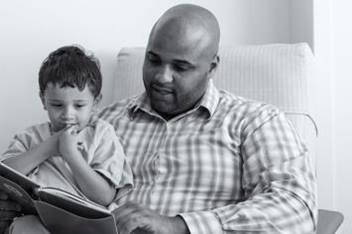Anorectal Manometry
There are 2 small muscles in the opening from the rectum and anus that help control pooping (bowel movements). They are known as the internal and external sphincters. They’re normally closed (contracted) to keep poop from leaking out. When your child poops, these muscles open (relax) at the same time. An anorectal manometry is done to see how well these muscles are working.
Preparing for the Test
- Give your child a bisacodyl suppository the night before and morning of the test.
- Give your child a glycerin suppository the night before and morning of the test.
Your child can bring a toy or a blanket to the test.
How the Test Is Done
- The test will be done in the gastroenterology (GI) procedure room. You can stay with your child.
- Your child will be asked to take off their pants and underwear, then put on a hospital gown. They will lie on a padded table. A lubricating gel will be put on your child’s anus. It will feel wet and cold.
- A visual anal exam will be done before the catheter is inserted.
- This test feels strange, but does not hurt.
- A narrow, flexible tube (catheter) with a small, empty balloon on the end will be placed into your child’s rectum. The tube is attached to a computer. The computer records how well the muscles around the anus are working.
- The balloon will be slowly filled with air (inflated). Your child will be asked to say what they feel when the balloon gets bigger
- If your child is old enough, we will ask them to relax their anus muscles around the balloon and try to push the catheter out while sitting on a bedside toilet.
Risks and Complications
- Your child may feel some mild soreness around the anus and rectum.
- There may be a very small amount of rectal bleeding.
- If there’s too much poop in the rectum, we will not be able to do the test.
- Your child must stay still and do what is asked of them during this test. If this is too hard for them, we may have to stop the test.
- Your child may need this test again, depending on the results.
After the Test
- Your child will get dressed and go home. They can go back to their normal activities.
- Your child’s doctor will get the test results within 1 week. If you have any questions, be sure to ask the doctor or nurse.
English PDF
Helping Hands™ Patient Education Materials
Helping Hands™ are easy-to-read guides about different illnesses, therapies, surgeries, and more. They’re created by the Patient Education team at Nationwide Children’s Hospital and are reviewed and approved by clinical staff, like nurses, doctors, pharmacists, and psychologists. Nationwide Children's Hospital is not responsible for misuse of information in patient education materials, including Helping Hands.
HH-III-10 | ©1994, revised 2024, Nationwide Children’s Hospital



